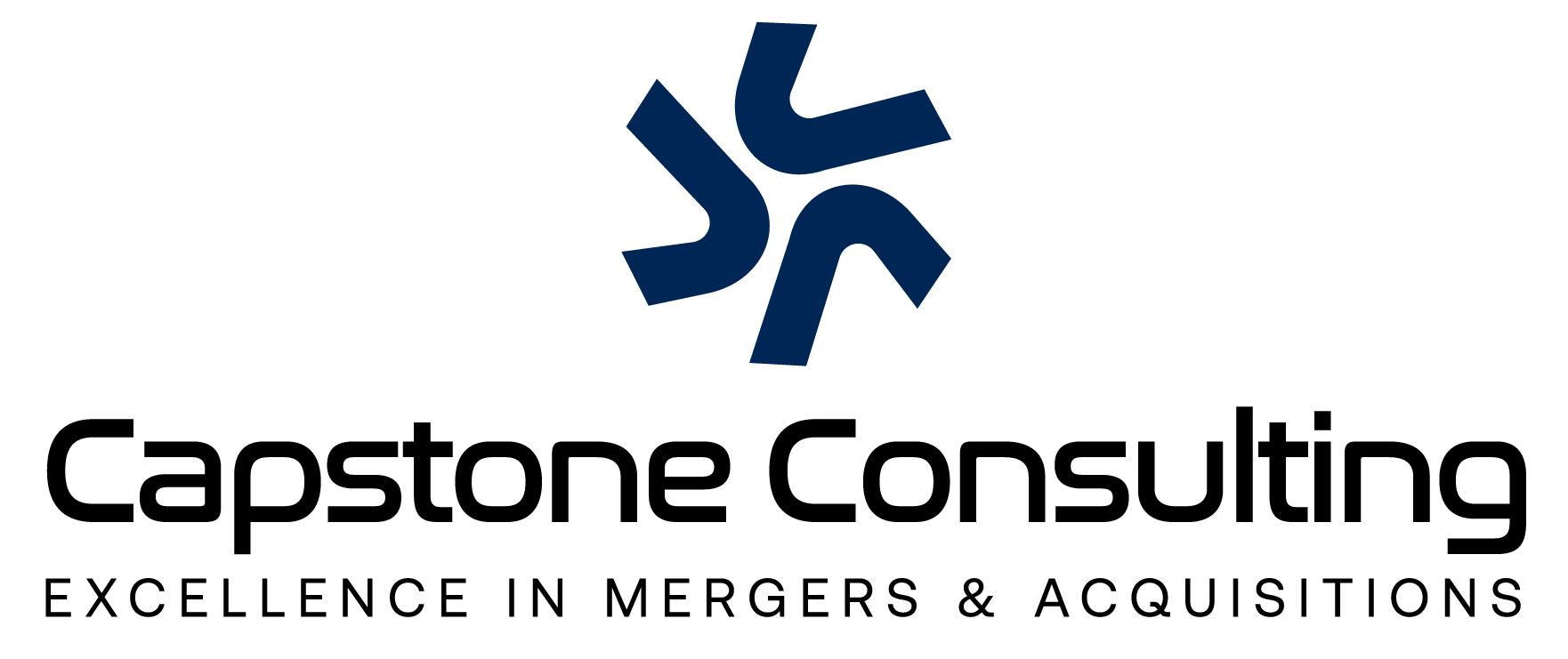1. Client Background
- Sector: Agricultural equipment dealership
- Company Profile: A well-established, family-run dealership operating for 45 years with 24 employees. Located in rural Central Texas, the business had a strong reputation in its region despite being surrounded by large national players.
- Owner Objectives: The founding owner, in his late 80s, was no longer involved in day-to-day operations. His son managed the company, while the son's wife handled the accounting. Due to personal circumstances, the entire family needed to exit the business on a short timeline.
2. Initial Challenges
- Strategic Gaps: One of the most recent financial hiccups stemmed from accounting changes made three years prior. At the time, there was no plan to sell, so the financials weren’t restated, creating a dip in perceived performance. Additionally, the dealership’s rural location raised concerns about whether an outsider could successfully compete with large, entrenched industry players nearby. This created a tension between pursuing strategic buyers and worrying about limited options affecting valuation.
- Emotional & Operational Complexities: As a multigenerational family business, the operational structure was deeply intertwined with personal relationships. The son managed the day-to-day, while his wife handled all accounting functions. While family-run businesses can pose emotional and transition risks, this family communicated well, enabling smoother planning and execution than is often the case in such situations.
- Legal Representation Limitations: The sellers initially chose to work with a trusted attorney they had used in the past, but who had limited M&A experience. This decision led to significant delays once buyers began submitting legal documents and correspondence. The attorney was unfamiliar with the fast-paced expectations of business sales, which created friction in what should have been time-sensitive exchanges.
3. Capstone’s Role and Strategy
Capstone Consulting first conducted a full business valuation to guard against lowball offers and to seta defensible baseline for negotiations. We positioned the dealership as a strong, independent competitor that had held its ground in a saturated market for decades. This became a key asset in both strategic and narrative positioning.
Our go-to-market approach was dual-pronged:
- We quietly engaged both industry competitors and financially qualified individuals simultaneously.
- This ensured that no one buyer segment had undue leverage and that we could pivot between buyer types based on valuation and cultural alignment.
- If we had only approached industry buyers, word might have spread, risking employee loss or competitive pressure. Conversely, focusing solely on individuals would’ve risked a prolonged sales cycle and potential low offers.
By cultivating optionality and strategic ambiguity, we avoided being boxed in and preserved both the deal’s value and the confidentiality of the process.
4. Results & Outcome
- Timeline & Structure: Within four months, we secured a full-price asset purchase offer from a regional competitor. No seller or third-party financing was involved.
- Deal Success: Thanks to our positioning, we maintained full valuation throughout negotiation. Early delays in legal responsiveness were addressed by Capstone stepping in directly engaging the seller’s attorney in a candid discussion about the importance of speed and responsiveness in M&A deals. Once aligned, the attorney significantly improved turnaround times, helping ensure a timely closing.
- Post-Sale Legacy: The buyer’s internal accounting team allowed for a clean break for the seller’s wife, who was able to exit immediately. The seller’s son continues to consult informally on used equipment sales, allowing him to stay involved on his terms while stepping back from ownership. The family is now enjoying significantly more time together, with peace of mind about the company’s legacy and employee future.
5. Key Takeaways
- Stay Sale-Ready: Even if a sale is years away, keeping clean financials matters. Life circumstances can change quickly and delays in cleanup only make transitions harder.
- Optionality = Leverage: Sellers often assume they have only one or two realistic buyer options. However, a thoughtful outreach strategy can create leverage and momentum where none seems to exist. Capstone’s process revealed untapped positioning angles that ultimately led to a full-price deal.
- Valuation Reveals Power: Sellers often underestimate their strategic value. The valuation and prep process not only informs price—but reveals strengths that can be crucial in negotiation and positioning.
- Choose Experienced Deal Professionals: Working with an attorney who understands M&A can save weeks of time, reduce deal fatigue, and prevent breakdowns in communication. Legal experience in this space matters and can make or break the timeline.






